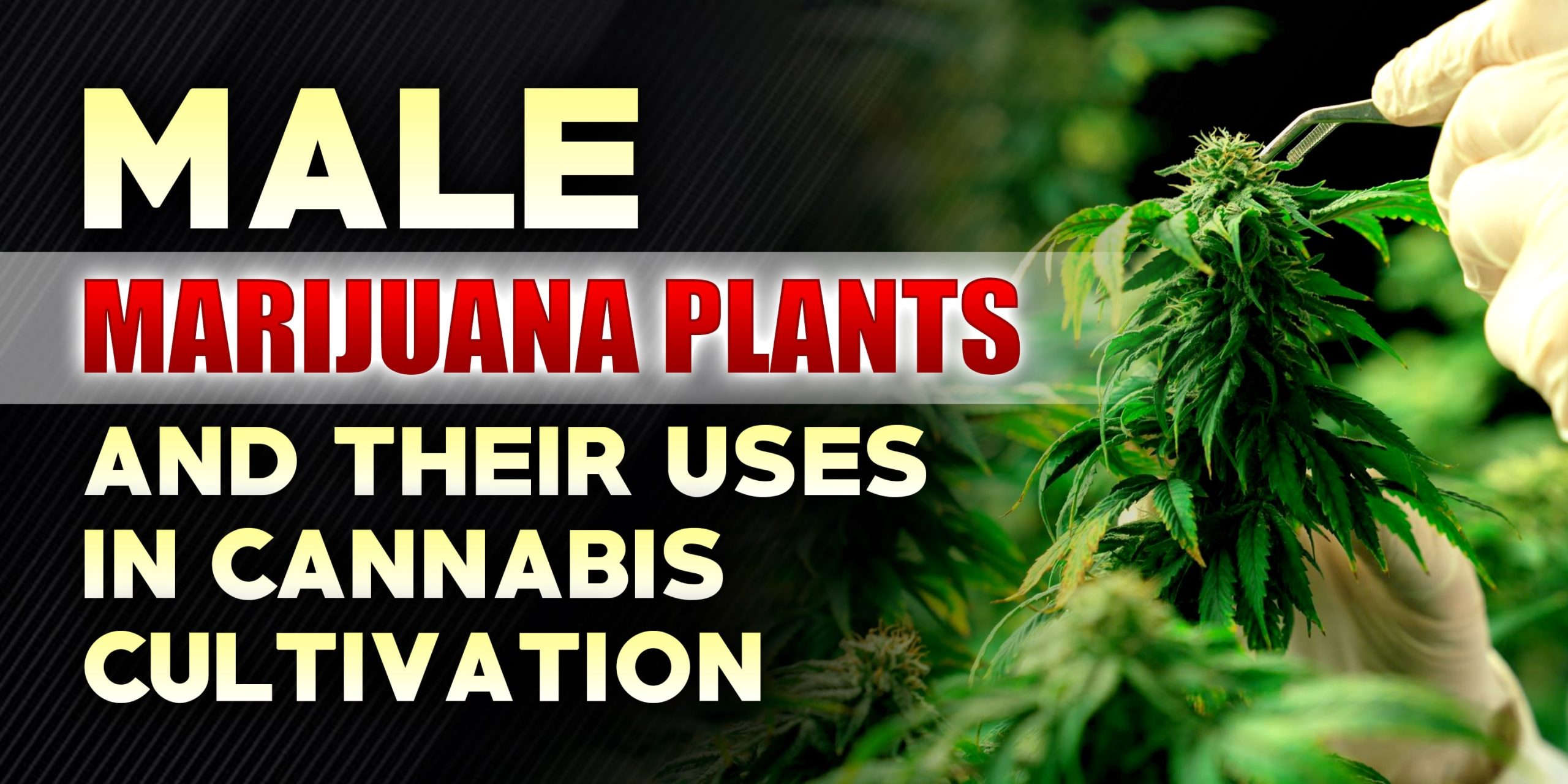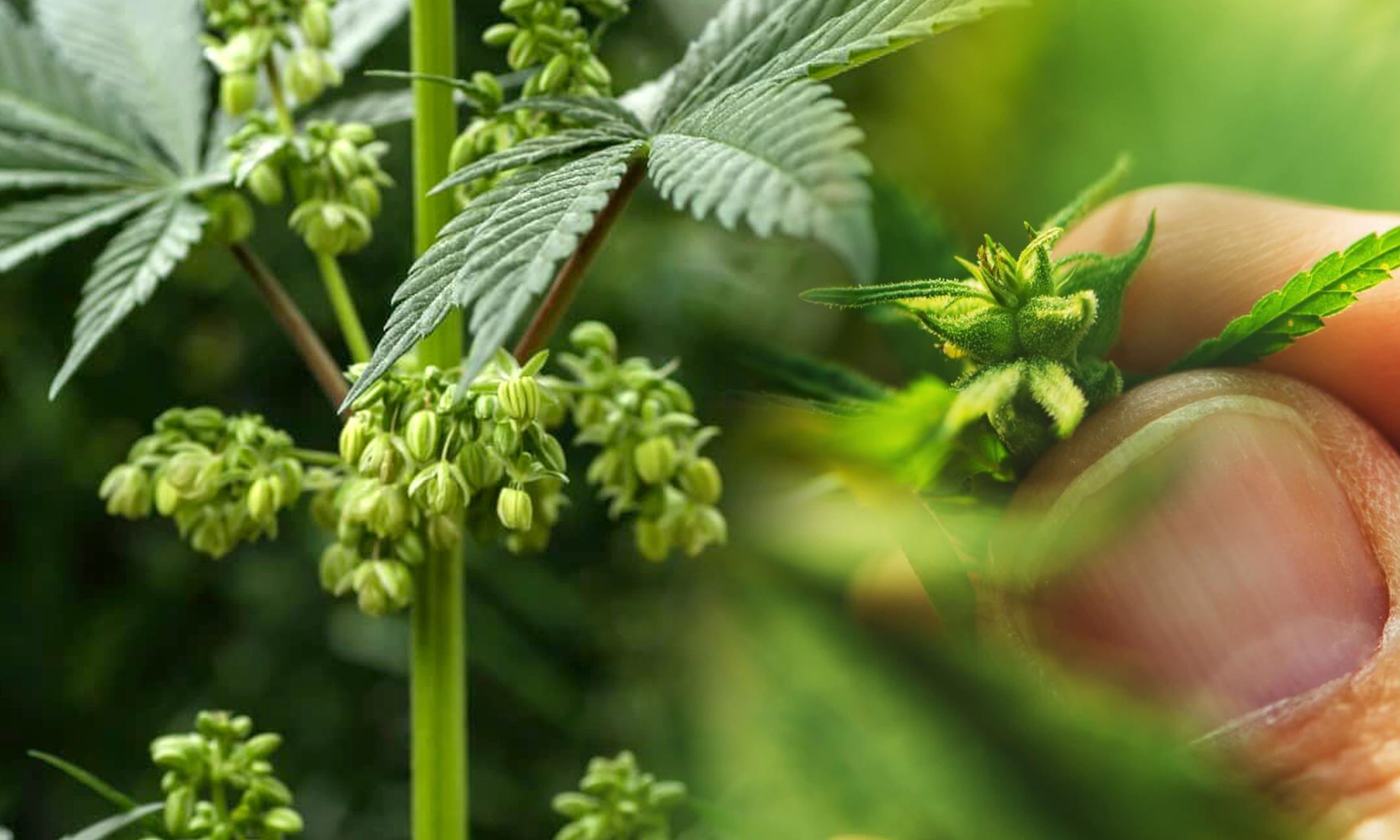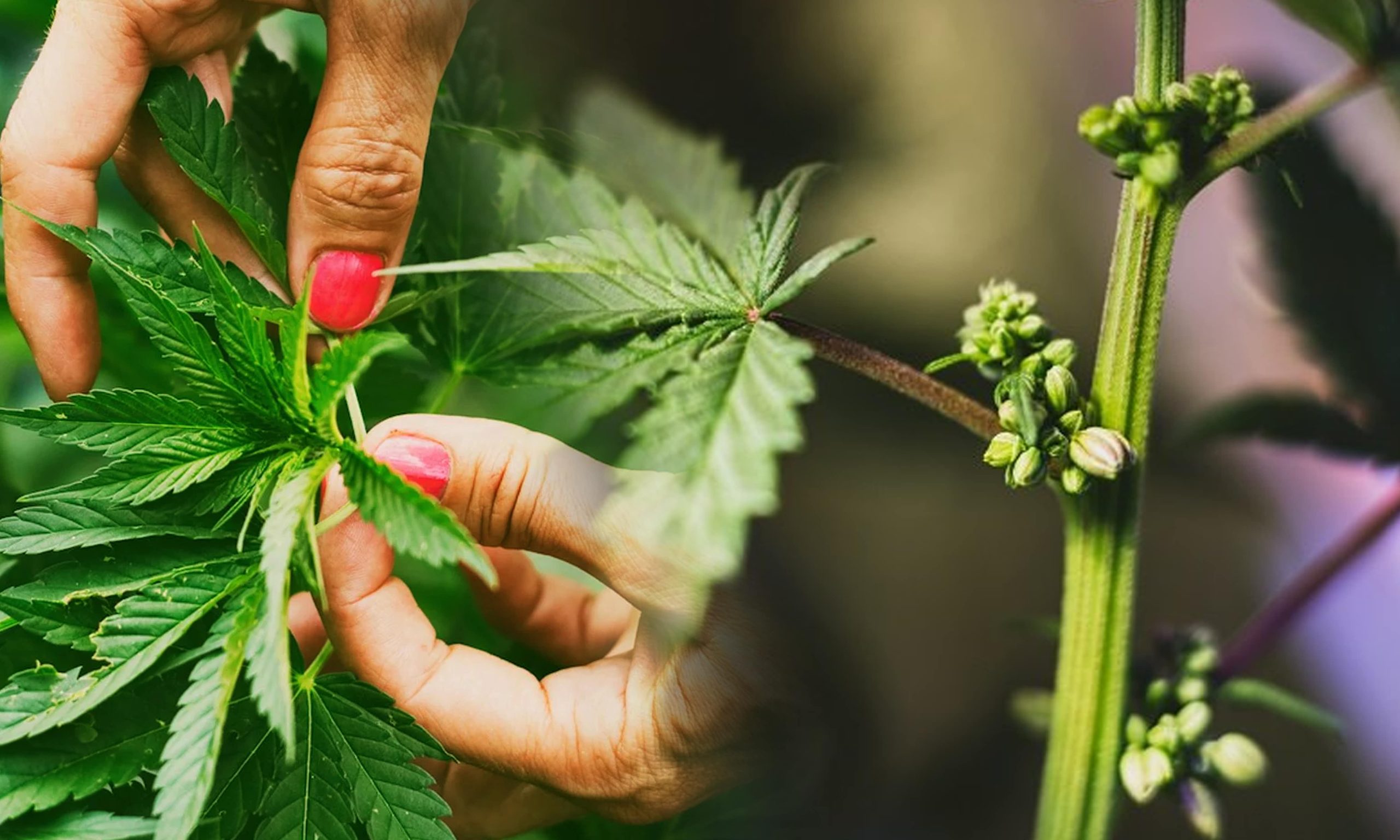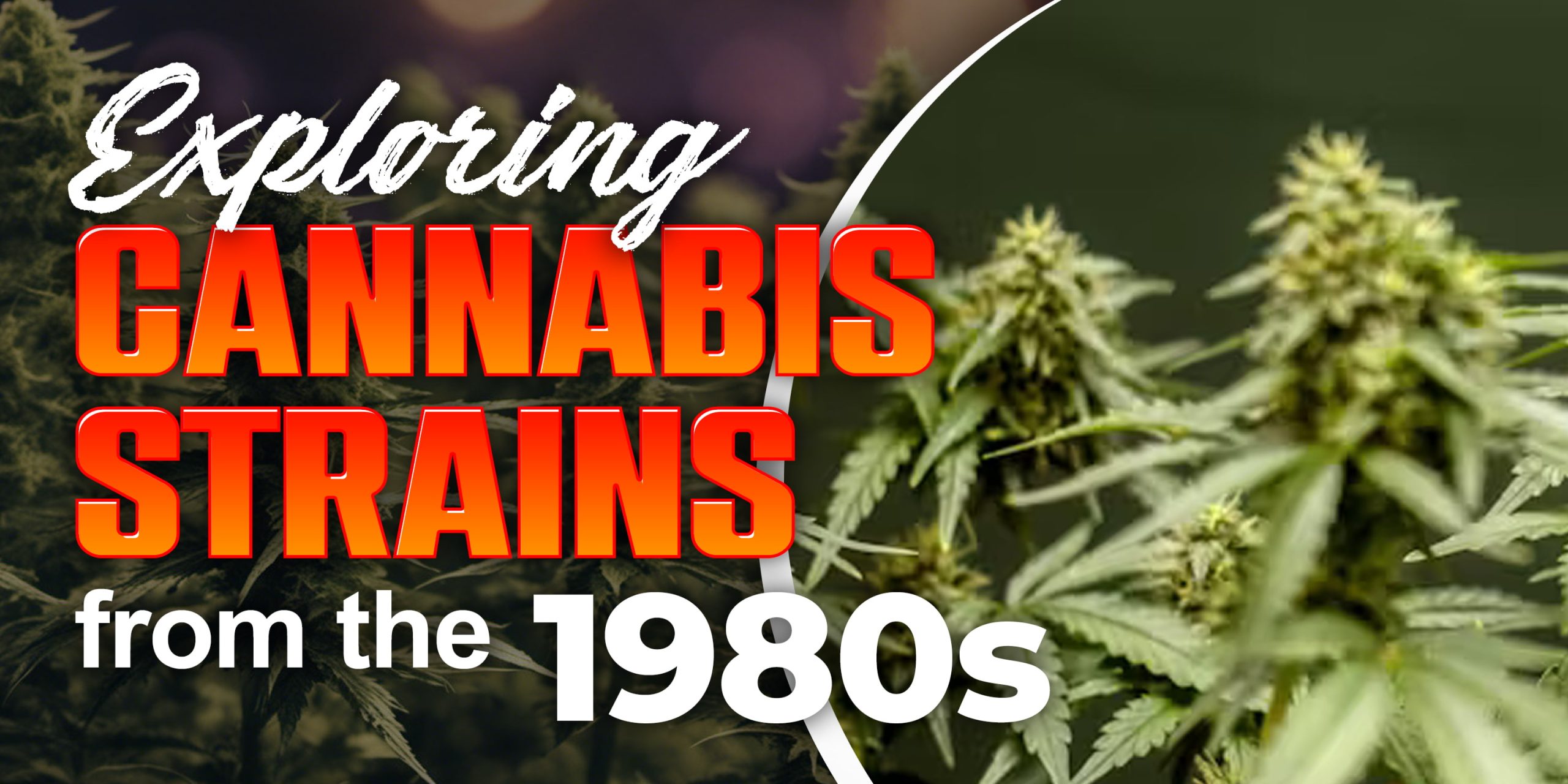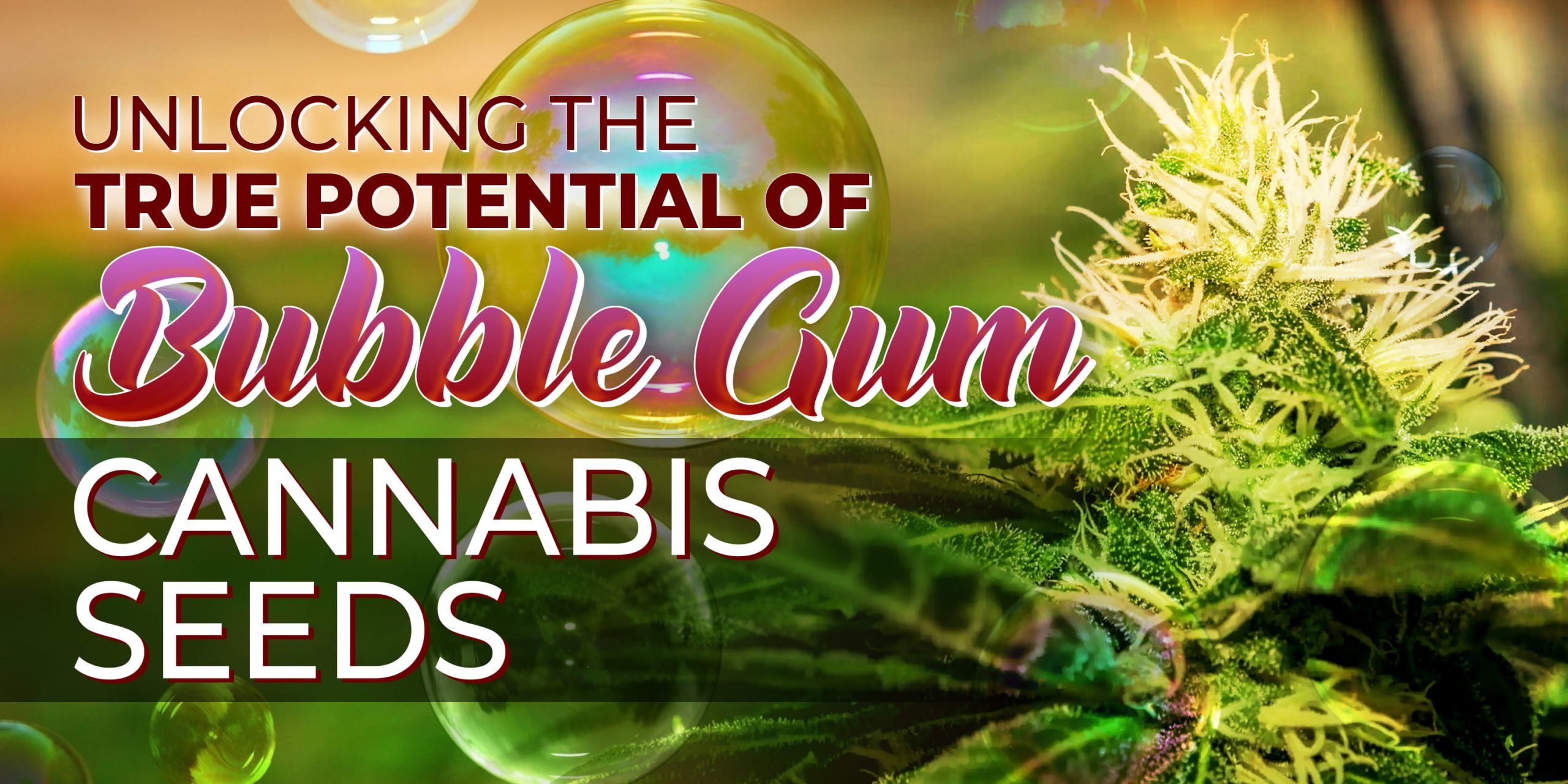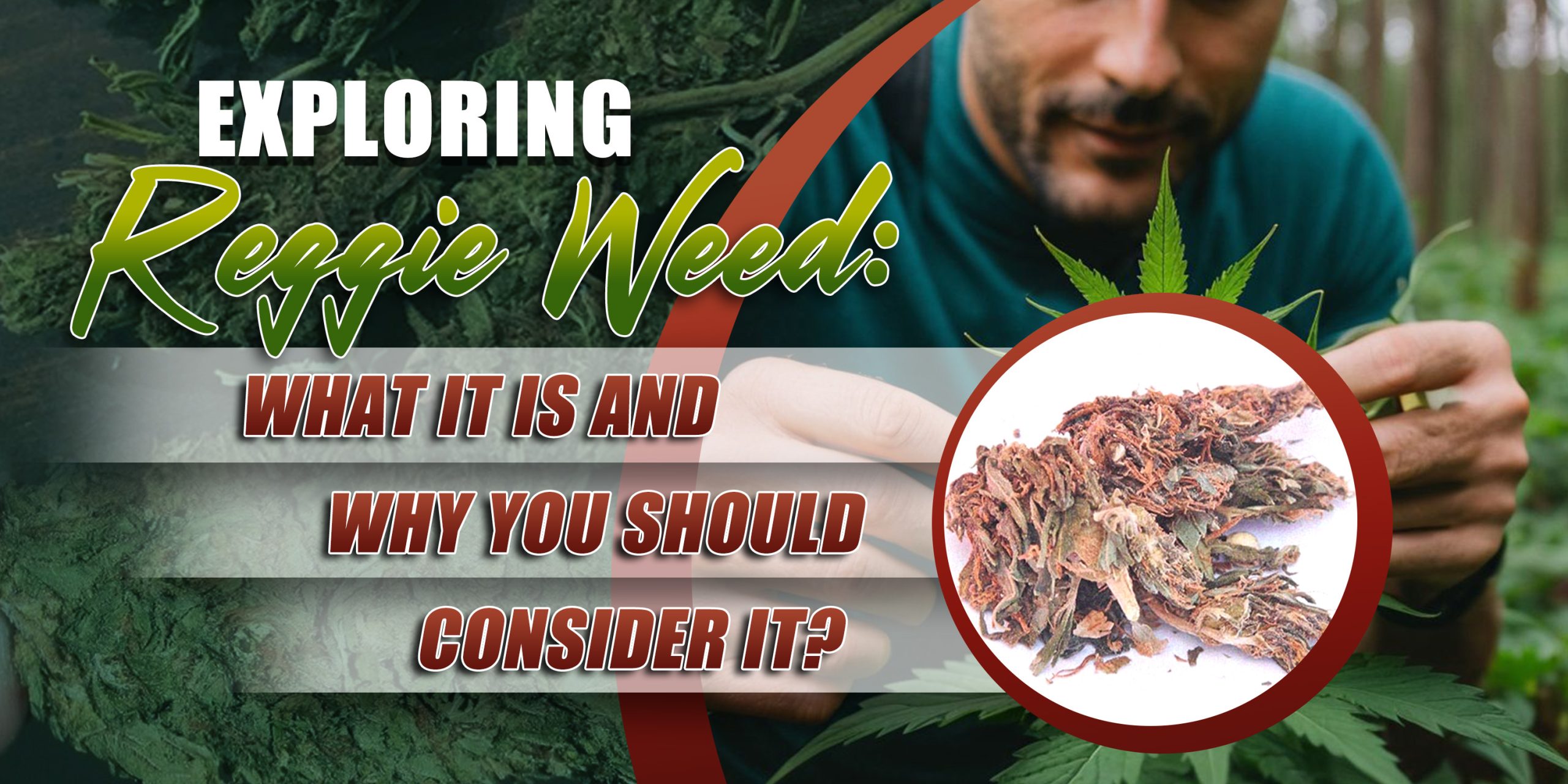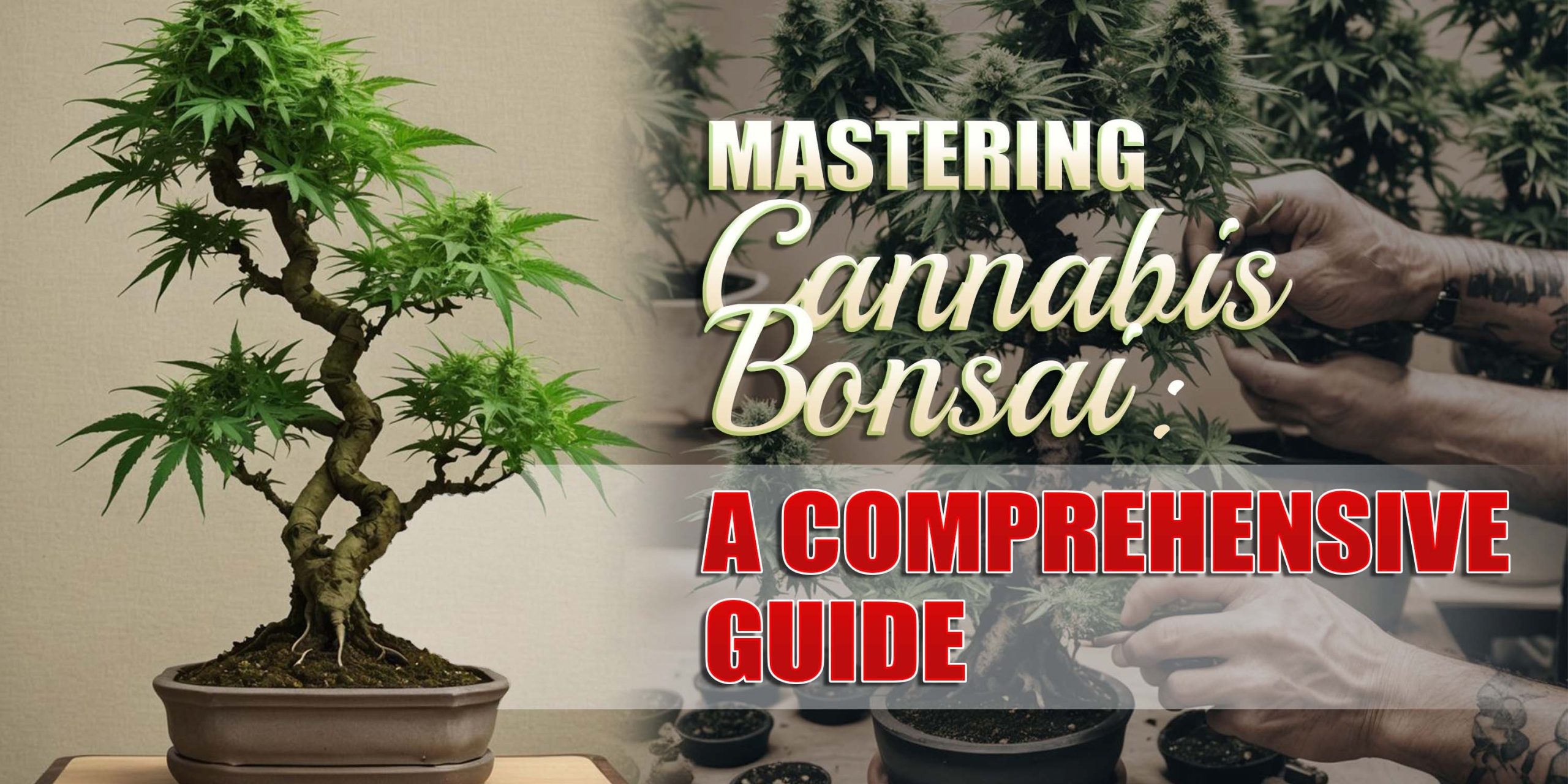Male marijuana plants are often overlooked in discussions about cannabis cultivation, yet they hold significant importance in the breeding and cultivation process. Understanding the anatomy and the male cannabis plant uses is crucial for growers to optimize their cultivation practices.
The Anatomy of Male Marijuana Plants
1. Sturdy Stems and Branches
Male cannabis plants exhibit robust stems and branches that provide essential structural support throughout their lifecycle. These sturdy structures not only withstand environmental stresses but also facilitate efficient nutrient transport, ensuring optimal growth and development.
2. Prevalent Pollen Sac Formation
A distinguishing feature of male marijuana plants is the formation of pollen sacs, also known as anthers or staminate flowers. These sacs contain pollen grains containing male gametes necessary for fertilization. Understanding the development and morphology of pollen sacs is crucial for identifying male plants and managing breeding programs effectively.
3. Sparse Trichome Production
Unlike their female counterparts, male cannabis plants typically exhibit sparse trichome production. Trichomes, the resinous glands responsible for producing cannabinoids and terpenes, are less abundant in males. While this may seem like a disadvantage, it underscores the unique biochemical composition of male plants and their distinct role in cannabis cultivation.
The Role of Male Marijuana Plants in Cannabis Cultivation
1. Pollination Dynamics and Genetic Variation
Male cannabis plants play a fundamental role in the pollination process, which is essential for seed production and genetic diversity. Through the release of pollen, male plants fertilize female flowers, leading to the formation of seeds with diverse genetic characteristics. By understanding the intricacies of pollination dynamics, growers can manipulate breeding programs to develop novel cultivars with desired traits.
2. Breeding Purposes
Selective breeding involving male cannabis plants is a cornerstone of modern cannabis cultivation. By crossbreeding individuals with desirable traits, growers can create offspring with enhanced potency, yield, aroma, and resistance to pests and diseases. The careful selection of parent plants based on their genetic profiles and phenotypic traits is essential for achieving breeding objectives and maintaining quality standards in cannabis genetics.
3. Genetic Preservation
Male marijuana plants play a vital role in preserving genetic diversity within the cannabis species. Through strategic breeding programs and seed banks, breeders can safeguard valuable genetic resources, ensuring the resilience and adaptability of future cannabis cultivars. By documenting and cataloging genetic information, researchers can contribute to the conservation of endangered cannabis varieties and promote sustainable cultivation practices worldwide.
What To Do With Male Weed Plants
1. Hemp Fiber Production and Industrial Applications
Male cannabis plants are valuable sources of hemp fiber, which boasts a myriad of industrial applications. From textiles and paper to construction materials and biofuels, hemp fiber offers a sustainable alternative to traditional materials, reducing environmental impact and promoting economic growth. By optimizing cultivation techniques and harvesting methods, growers can maximize hemp fiber yield while minimizing resource inputs.
2. CBD Extraction and Therapeutic Potential
While male cannabis plants produce lower levels of cannabinoids compared to females, their pollen still contains valuable compounds such as cannabidiol (CBD). CBD extraction from male plants offers a cost-effective and sustainable method for producing medicinal and therapeutic products. From oils and tinctures to capsules and topicals, CBD-rich extracts derived from male cannabis plants hold promise for alleviating a wide range of health conditions, including pain, inflammation, anxiety, and insomnia.
3. Soil Enrichment and Organic Farming Practices
After completing their reproductive cycle, male cannabis plants can be composted to enrich soil with organic matter and nutrients. Incorporating male plant material into compost piles enhances soil fertility, improves moisture retention, and promotes microbial activity. By adopting organic farming practices and utilizing natural inputs, growers can cultivate healthier plants while minimizing environmental impact and preserving soil health for future generations.
Conclusion
Understanding the various roles and uses of male cannabis plants is key for growers to improve how they grow cannabis, help the environment, and discover new chances in the cannabis world. Knowing about the structure, functions, and practical uses of male plants is crucial for succeeding in cannabis farming and moving the industry forward.
FAQs
1. Do male marijuana plants produce buds?
No, male marijuana plants do not produce buds. Their primary function is to produce pollen for fertilizing female flowers, leading to seed production.
2. Can male cannabis plants be smoked or consumed for recreational purposes?
Male cannabis plants typically contain lower levels of cannabinoids compared to females and are not commonly used for smoking or recreational consumption.
3. Do male marijuana plants have any medical benefits?
While male plants produce fewer cannabinoids than females, their pollen may contain beneficial compounds like CBD, which can be extracted for medicinal purposes.
4. How can growers identify male marijuana plants?
Male cannabis plants can be identified by their distinct features, including pollen sacs, slender growth patterns, and lack of flower development.
5. What is the lifespan of male marijuana plants?
Male cannabis plants typically have a shorter lifespan compared to females, as their primary role is to pollinate female flowers and facilitate seed production. Once they release pollen, their lifecycle ends, and they begin to decline.





